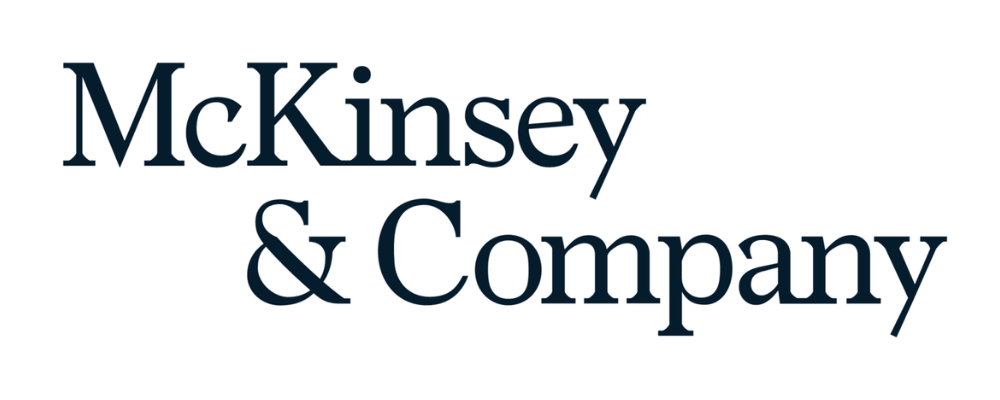McKinsey: How has Europe’s TMT sector performed compared to the United States and Asia?
Ruben Schaubroeck: It’s no secret that Europe has lagged behind both America and Asia over the past years, and looking at different metrics, you can see that. If you look at, for example, total TMT market capitalization, Europe’s share has dropped from 30 percent to 7 percent, which represents an $8 trillion loss. Secondly, if you look at the top 50 companies in terms of market cap, there used to be 22 European companies. Today we’re down to four, while there are 22 American TMT companies. Finally, if you look at revenue growth, Europe has basically increased its TMT revenues by a factor of three. Globally, however, we have seen an increase by a factor of five. Taking all of that together, it’s clear we’ve lost some relevance and scale in European TMT. European TMT executives we’ve surveyed recognize that. Only 8 percent of them feel we’ve been successful in capturing the opportunity in the past. However, to end on a bright note, 85 percent of those same executives think there’s a significant opportunity going forward to capture some of the upcoming growth in TMT.
McKinsey: What are the key challenges facing Europe’s TMT leaders?
Ruben Schaubroeck: In conversations with a number of CEOs across the TMT value chain over the past months, a few themes always come up in terms of the major challenges for us to address in Europe. One is around market fragmentation. The reality is that, for example, if you’re a software company and you want to find demand to sell your product, it is a lot harder to sell in different European countries—instead of going to a large market like the United States, where in one go, you can sell to 300 million customers. This is also linked to regulation. Even though there is a big push now from the European Commission, also triggered by the Draghi report, to reduce regulation, the reality is that there are still quite a few different rules and regulations in each European country that TMT companies obviously need to adhere to, which requires additional effort, additional R&D, and so forth. That’s one big block.
The second big block is around investment and funding. The reality is, it’s harder. You also see this in that there are fewer IPOs in Europe. It’s harder to find the right amount of capital, especially to grow businesses. We see a lot of scale-ups in Europe, but we don’t necessarily see the scale-ups really growing with sufficient funding. That’s a second challenge.
The third challenge is around talent. The reality is that we’re still struggling to not only attract, but also retain, some of the best talent. You see some of our best talent going outside of Europe to work in the United States or other places. We need to turn that around and make sure our talent stays here, invests in Europe, builds and founds businesses here, and drives value here.
If we can address those three things, we can collectively do a lot better going forward.

McKinsey: How can Europe’s TMT sector chart a comeback?
Everyone loves a great comeback story, and to enable that comeback, we’ve identified five emerging battlegrounds. The first one is around content and commerce, which is all about eyeballs. How do you make sure we have the right tailored, local content, and drive personalization leveraging AI? The second one is around software. To successfully scale European software businesses, we need to get as efficient as possible in go to market and in R&D, and make sure we can attract, but also retain, the right talent. The third battleground is around connectivity, the traditional telco business, where first it is about excelling in that core connectivity business but then adding B2C and B2B adjacencies, with partnerships where needed. The fourth is around digital infrastructure, where there’s an opportunity for Europe to lead in the whole sovereign cloud space, but at the same time partner with the hyperscalers to grow this business. The final one is around tech services, where it’s all about leveraging the right ecosystems to drive growth. If we approach these battlegrounds with the right mindset and the right focus, we can stage a comeback as Europe TMT.
McKinsey: What can Europe gain from a turnaround in the TMT sector?
By turning around its TMT sector, Europe can gain three big things. First of all, there’s close to $800 billion of incremental value at stake by 2030. Capturing that is one. Second, there’s an opportunity for Europe to reestablish itself as a real tech player and tech leader across the full TMT value chain. Third, Europe can once again be a talent magnet, and make sure that we attract, but also keep, the best talent in Europe. By doing those three things, Europe can regain its competitive edge in TMT, also compared to America and Asia.
“Our firm is designed to operate as one—a single global partnership united by a strong set of values. We are equally committed to both sides of our mission: attracting and developing a talented and diverse group of colleagues and helping our clients create meaningful and lasting change.
From the C-suite to the front line, we partner with clients to help them innovate more sustainably, achieve lasting gains in performance, and build workforces that will thrive for this generation and the next.”
Please visit the firm link to site


